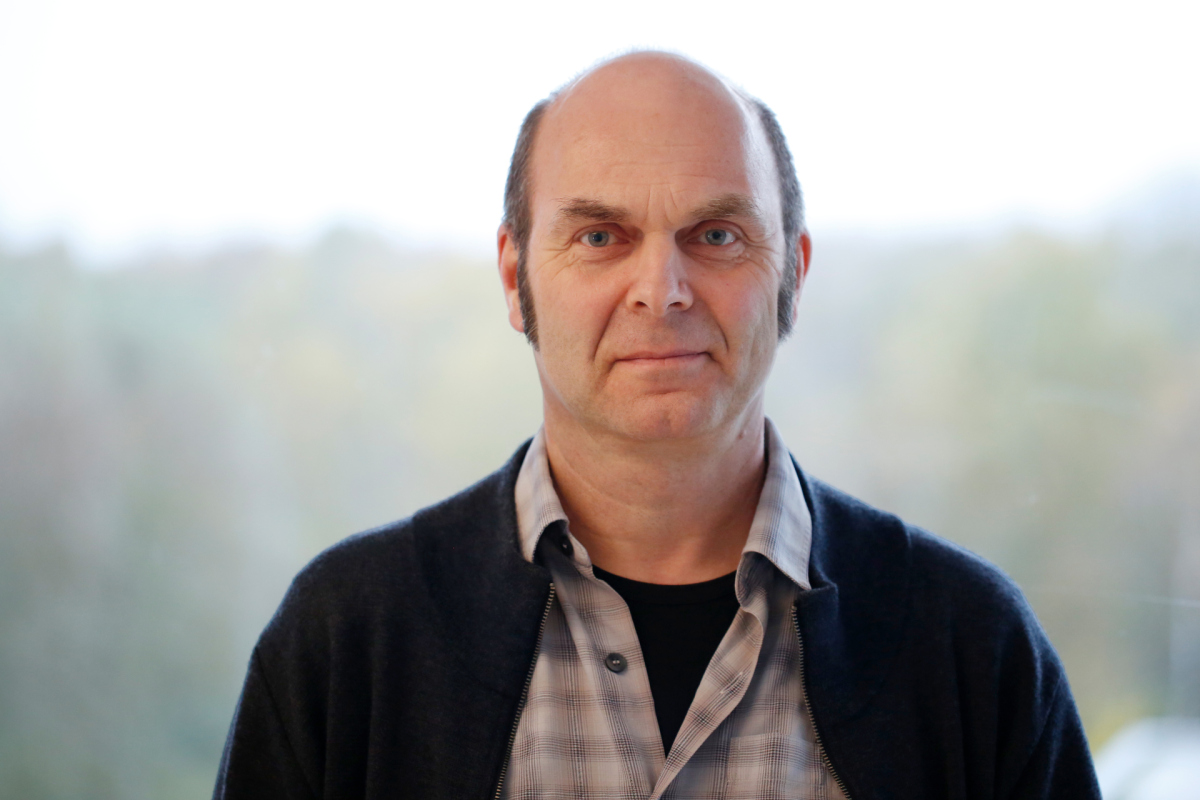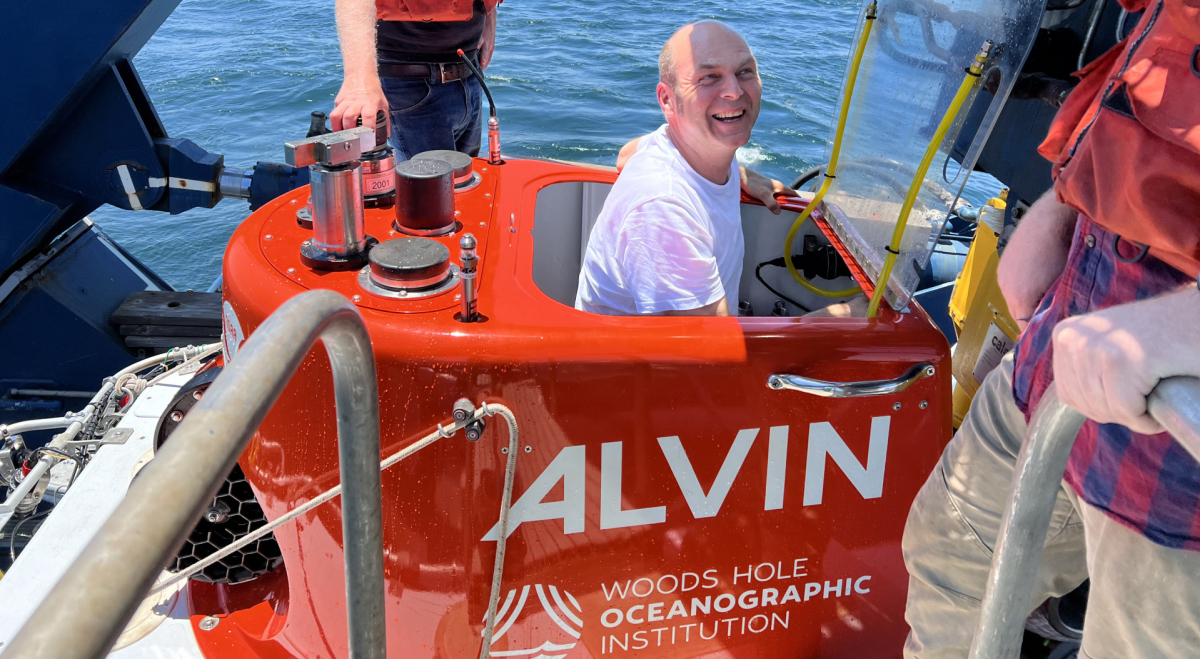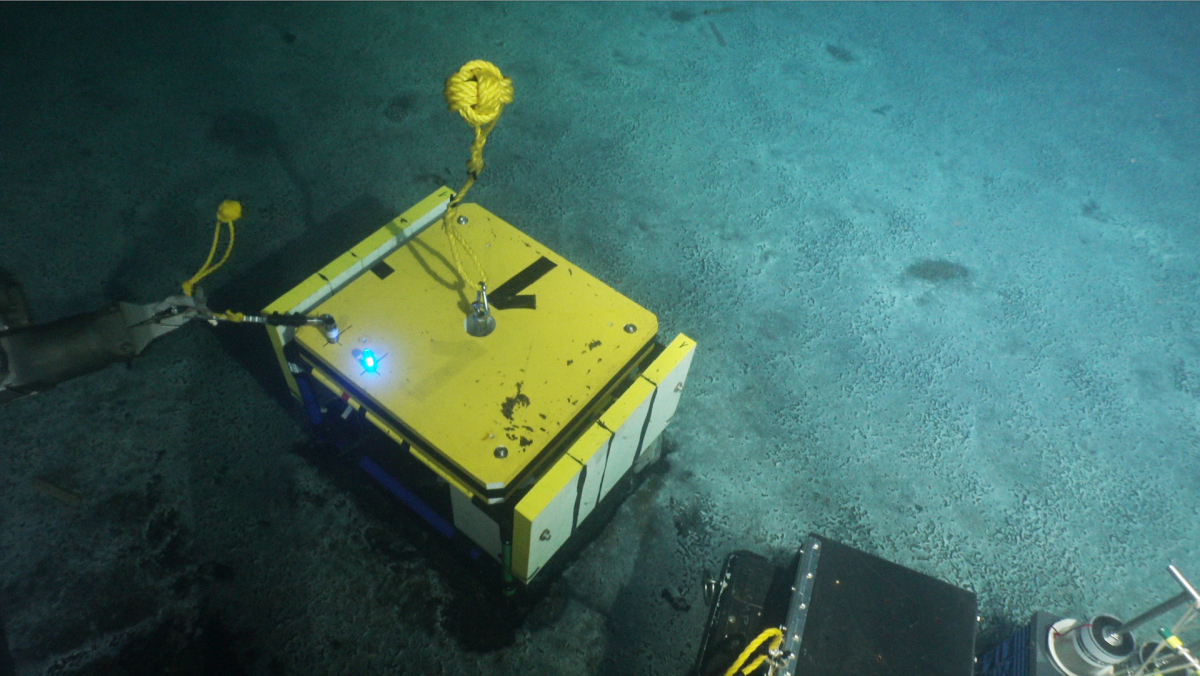- Press Office
- Press releases
- Effects of hypoxia on benthic biogeochemistry
Effects of hypoxia on benthic biogeochemistry
On a current expedition with the US Research Vessel Atlantis, benthic studies are carried out with the deep-diving submersible Alvin. Felix Janssen, scientist in the HGF-MPG bridging group for deep-sea ecology and technology at the Max Planck Institute for Marine Microbiology (MPI) and the Alfred Wegener Institute, Helmholtz centre for polar and marine research (AWI), is joining this expedition at the moment. Led by the former MPI group member Tina Treude, who is now Professor at the University of California in Los Angeles (UCLA), the expedition aims to study seafloor biogeochemistry in oxygen deficient waters of the Santa Barbara Basin and the role of sulfur-oxidizing microbial mats that are forming at the sediment-water interface. While the studies address fundamental questions of benthic biogeochemical functioning, the Santa Barbara Basin also serves as a natural laboratory to understand possible consequences of an extension of hypoxic zones in response to global warming and eutrophication. Felix’ task is to perform in-situ flux measurements with automated measuring modules that were specifically developed in workshops at MPI and AWI for deployment with robotic technologies.
After similar studies had been carried out in 2019 with the Remotely Operated Vehicle (ROV) Jason, it is now the first opportunity to directly observe these exciting ecosystems through the windows of the crewed submersible Alvin. During transit from the port of San Diego to the working area, the tragedy of the submersible Titan was of course one of the main topics of discussion and some received concerned messages from friends and family. However, everyone on board is very fond of the performance of the submersible Alvin that, until now, has completed more than 5,000 dives enabling countless scientific discoveries. Alvin’s design, operation, and maintenance undergoes regular inspection and certification by the US Naval Sea Systems Command, the same group that ensures the seaworthiness of the US Naval surface and sub-surface fleet, and Alvin pilots are also US Navy certified. Alvin's personnel sphere is made of titanium and designed to descend to depths of up to 6500 meters.
Felix had the opportunity to join the very first dive of the expedition to supervise the deployment of the benthic chambers he brought on board. ‘It was a very special moment when the seafloor came into view at 530m water depth after descending through the pitch black water column’ Felix says later. ‘You cannot compare the direct vision through the sub’s window with the impression you get when looking at a monitor’. At first, the scientists on board the submarine did not recognize any distinct patches of microbial mats but only an extremely uniform seafloor. It was, however, only a few moments later that Dave Valentine, Co-PI of the NSF-funded BASIN project who was joining the dive, had realized the reason. Where distinct mats were observed in 2019, the sediment was now entirely covered by a continuous whitish layer of sulfur bacteria. ‘We were, in fact, looking at one giant microbial mat that extended as far as the eye could see’.
Back on deck the science party got excited hearing about the mat coverage and how the situation was so much different from the observations in 2019. Likewise, everyone was pleased to hear that the benthic chamber deployments went smoothly. Irrespective of their excitement, however, the fellow scientists did not forget to thoroughly baptize Felix with a decent bucket of ice-cold water to celebrate his first participation in an Alvin dive.
Further links
Please direct your queries to:
Scientist
HGF MPG Joint Research Group for Deep-Sea Ecology and Technology
MPI for Marine Microbiology
Celsiusstr. 1
D-28359 Bremen
Germany
|
Room: |
1338 |
|
Phone: |


